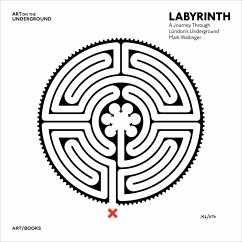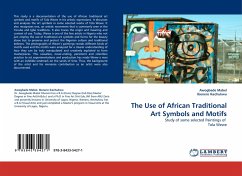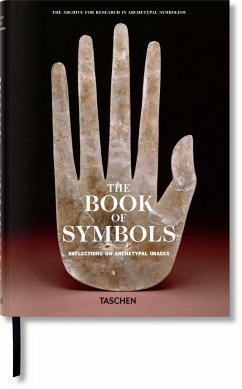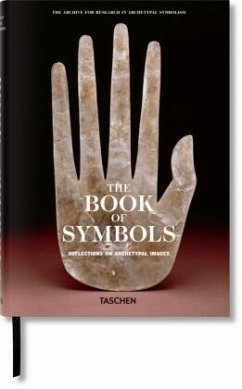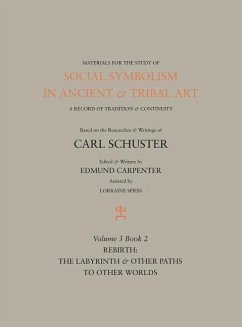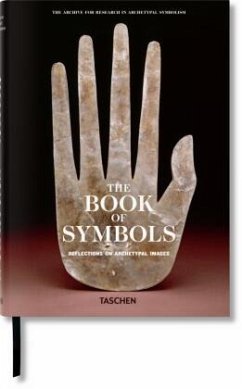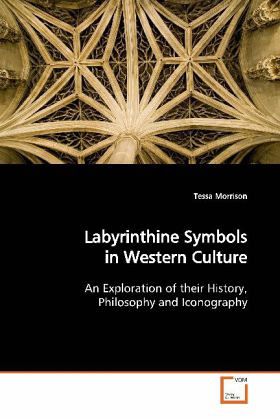
Labyrinthine Symbols in Western Culture
An Exploration of their History, Philosophy and Iconography
Versandkostenfrei!
Versandfertig in 6-10 Tagen
52,99 €
inkl. MwSt.

PAYBACK Punkte
26 °P sammeln!
Labyrinthine symbols are one of the most enduringsymbols through history. There is a sense of universality about these symbols that crossesreligious and cultural boundaries. One labyrinthinesymbol commonly called the Cretan labyrinth hasendured for over 3300 years. It has a unicursalpattern - one path to the centre and no dead ends.Through time the Cretan labyrinth became part ofother cultural symbols. The purpose of this book istwo-fold: first, to develop a paradigm for theclassification of unicursal patterns. With thisclassification, the variations and the transformationfrom one structure to...
Labyrinthine symbols are one of the most enduring
symbols through history. There is a sense of universality about these symbols that crosses
religious and cultural boundaries. One labyrinthine
symbol commonly called the Cretan labyrinth has
endured for over 3300 years. It has a unicursal
pattern - one path to the centre and no dead ends.
Through time the Cretan labyrinth became part of
other cultural symbols. The purpose of this book is
two-fold: first, to develop a paradigm for the
classification of unicursal patterns. With this
classification, the variations and the transformation
from one structure to another can be examined. The
second and major purpose is to use this
classification system to track the unicursal pattern
from the Bronze Age to the early Renaissance in order
to examine its developments. Through this method it
will be possible to understand the origins, cultural
connections and transference of designs and ideas
through the structure of this symbol. In turn, this
book will cast significant light upon the
effectiveness of this form of visual communication as
an extension of language and as a conveyer of the
history of ideas.
symbols through history. There is a sense of universality about these symbols that crosses
religious and cultural boundaries. One labyrinthine
symbol commonly called the Cretan labyrinth has
endured for over 3300 years. It has a unicursal
pattern - one path to the centre and no dead ends.
Through time the Cretan labyrinth became part of
other cultural symbols. The purpose of this book is
two-fold: first, to develop a paradigm for the
classification of unicursal patterns. With this
classification, the variations and the transformation
from one structure to another can be examined. The
second and major purpose is to use this
classification system to track the unicursal pattern
from the Bronze Age to the early Renaissance in order
to examine its developments. Through this method it
will be possible to understand the origins, cultural
connections and transference of designs and ideas
through the structure of this symbol. In turn, this
book will cast significant light upon the
effectiveness of this form of visual communication as
an extension of language and as a conveyer of the
history of ideas.



